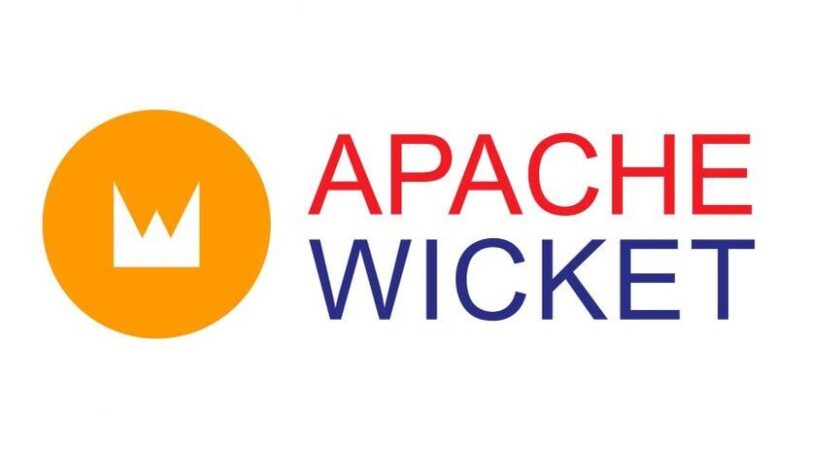Introduction to Apache Wicket
A framework for online applications built on Java, Apache Wicket takes a component-oriented approach to web development. It is renowned for being easy to maintain, secure, and simple. JavaScript or XML configuration files are not required for writing Wicket applications, which are developed in pure Java and HTML.
Wicket components are Java classes that may be reused to represent various web page elements, including forms, text fields, and buttons. In addition to having the ability to react to user actions, components may be nested to construct intricate layouts.
A vast range of online applications can be developed with Apache Wicket, a strong and adaptable web application framework. It is renowned for being easy to maintain, secure, and simple.
Apache Wicket Fundamentals
The fundamentals of Apache Wicket are based on the following concepts
- Component-oriented architecture: Because of Wicket’s component-based architecture, writing reusable and maintainable code is simple. It is simple to encapsulate, inherit, and test components.
- Page state management: Wicket takes care of page and component state management automatically, relieving developers of the burden of managing low-level aspects like HTTP postbacks and session management.
- Ajax support: Because Wicket has built-in support for Ajax, creating dynamic and interactive web applications is simple.
- Security: Wicket apps come with capabilities like session protection and URL rewriting, which make them secure by default.
Built on the foundations of component-oriented architecture, page state management, Ajax support, and the MVC design pattern, Apache Wicket is a robust and adaptable online application framework. Wicket apps are renowned for their simplicity, security, and maintainability.
Advanced Wicket Features
Several cutting-edge capabilities offered by Apache Wicket enable the creation of intricate and sophisticated online applications. Among these attributes are:
- Behaviors: Behaviors are classes that are reusable and can be applied to components to change their HTML or add something to the page’s header. Many features, such enabling drag-and-drop, providing validation to forms, and producing unique effects, can be implemented with behaviors.
- Interceptors: Objects known as interceptors can be used to intercept and change requests and answers. Numerous functions, including logging, authorization, and authentication, can be implemented with interceptors.
- Page resources: Classes known as “page resources” can be used to supply images, CSS, JavaScript, and other resources to a page. By encapsulating the resources connected to a page, page resources facilitate page deployment and maintenance.
- Resource bundles: Localized text and graphics are stored in resource bundles. Wicket applications can be made globalized and internationalized with the use of resource bundles.
A multitude of sophisticated features offered by Apache Wicket can be utilized to create intricate and sophisticated online applications. Behaviors, interceptors, page resources, resource bundles, custom renderers, and custom mappers are some of these features. Because of its sophisticated capabilities, Wicket is a strong and adaptable web application framework.
Building Real-World Applications
Real-world apps of any size or complexity may be created using Apache Wicket, a strong and adaptable web application framework. Here are some pointers for using Apache Wicket to create practical applications:
- Use Wicket’s component-oriented architecture to your advantage. Because Wicket components are reusable and maintainable, you can use a library of pre-built components to develop your apps. In addition to saving you a ton of time and effort, this can improve the readability and comprehension of your code.
- Take advantage of Wicket’s page state management features. Wicket takes care of all the low-level complexities, such HTTP postbacks and session management, for you by automatically managing the state of your pages and components. This gives you more time to concentrate on your application’s business logic.
- Use Wicket’s Ajax support to create dynamic and interactive web applications. Wicket’s integrated Ajax support facilitates the development of web applications that react to user input without requiring a page reload. Your web apps may become more responsive and user-friendly as a result.
By following these tips, you can build real-world applications with Apache Wicket that are scalable, secure, and maintainable.
Conclusion
In summary, Apache Wicket is a strong Java web framework that is well-known for its component-based design. This makes it an excellent option for creating dynamic and easily maintained online applications. Because of its robust data-binding capabilities and expandable features, developers may easily design complex, user-centric online applications, which promotes elegant and efficient development techniques.Read about our other post at codingshikho.com
